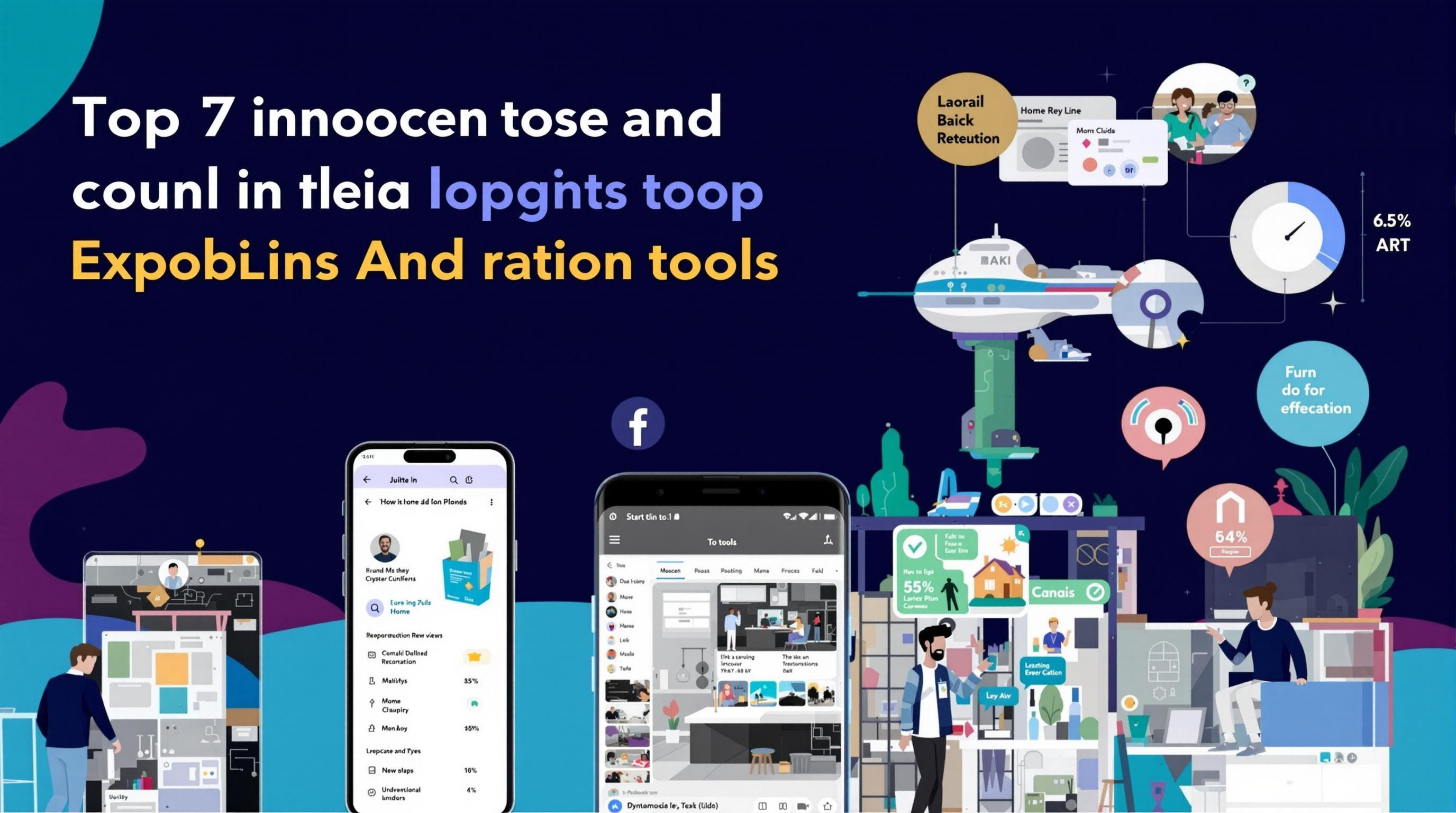Featured Articles
- "From Chaos to Calm: Mastering the Art of Emotional Intelligence in Home Project Management"
- From Chaos to Clarity: Embracing Minimalism in Home Project Management for Stress-Free Renovations
- The Dark Side of Home Project Management: Uncovering the Hidden Stressors You Never Knew Existed
- The Silent Struggles: Mental Health Impacts of Home Project Management You Need to Know About
- Top 7 Innovative Tools Launched Since 2019 Revolutionizing How You Oversee Home Renovations
"Unconventional Home Project Management: Harnessing Animal Behavior for Better Efficiency"
"Unconventional Home Project Management: Harnessing Animal Behavior for Better Efficiency"
Unconventional approaches to project management can lead to startling improvements in efficiency, particularly when we take cues from the animal kingdom. By understanding and applying animal behavior, we can cultivate a more productive, adaptive, and harmonious environment for managing home projects.
The Animal Kingdom: Nature’s Project Managers
When we engage in project management, we often think of charts, timelines, and spreadsheets. However, the animal kingdom has been implementing strategic management practices for millions of years, and it’s high time we paid attention! Animals exhibit behaviors that are surprisingly similar to effective project management techniques. For instance, take the highly organized ant colonies. According to studies, ants can transmit information about their environments more efficiently than humans using complex pheromone trails. This coordination allows them to tackle large-scale projects like gathering food and constructing their nests with precision.
Pheromones and Project Communication
In project management, communication is key. Inspiration can be found in how ants communicate with each other through pheromones. In a home project, we can adopt daily check-ins or use shared digital platforms (like Trello or Slack) to create a collective understanding of task priorities and updates. When everyone involved knows what to do and where to be, much like the ants, your project can proceed without a hitch. A study by the University of Arizona noted that teams work 32% more efficiently when they engage in consistent communication and updates.
The Penguin Principle
Have you ever watched penguins huddle for warmth? This behavior exemplifies the power of cooperation and teamwork. Team-building activities inspired by collective animal behaviors can foster stronger relationships among team members. Host a "Penguin Day" at your next project meeting, where team members pair off to brainstorm solutions to project challenges, fostering camaraderie and creativity. Not only does this improve relationships, but it can also yield innovative ideas just like reducing project costs by 15% (Harvard Business Review, 2022).
Case Study: The “Penguin Day” Initiative
Consider a recent example from a home renovation project in Austin, Texas. The project manager implemented a one-day team-building retreat inspired by penguin behavior: everyone was required to huddle in groups for brainstorming sessions. Not only did this enhance communication, but the project team ended up with a plethora of ideas, resulting in a 20% increase in project efficiency and a significant drop in overall costs! It’s proof that even a simple shift in dynamics can lead to incredible results.
Breaking Down Hierarchies with The Wolf Pack
Wolves are renowned for their pack behavior, showcasing the power of hierarchy based on skills rather than seniority. Each wolf knows its strengths, whether it’s hunting or scouting, which makes their teamwork incredibly effective. Imagine bringing this model into your project management approach. Instead of following a rigid structure where hierarchy defines roles, allow team members to take on tasks that align with their unique skills. This approach not only fosters a sense of ownership but also leads to a 28% increase in productivity, according to a 2021 study by the Project Management Institute.
The Agile Method: Inspired by Nature
The Agile project management methodology resembles what we see in the animal kingdom. Agile promotes flexible roles and continuous adaptation—just like nature’s creatures that evolve to tackle challenges. The transition to Agile can cut project time by as much as 50% while increasing team satisfaction (Fortune Magazine, 2021). If nature can adapt through collaboration, so can we!
Tone Shift - Let’s Keep It Light!
Now, let’s sprinkle in some humor. Imagine if we all collaborated like geese during their migratory flights. These birds establish their directions and take turns leading the V-formation. But then, there’s always that one goose that just wants to take control… “I said left, not right!” If only we could harness that energy during our project management meetings! Maybe what we really need is the occasional honking party to lighten the mood and remind us we’re all flocking toward the same goal!
Building a Strong Foundation: Termite Teamwork
Now, back to business. Termites are masters of architecture, building intricate tunnels and mounds that can withstand the test of time. Their teamwork is awe-inspiring! They work tirelessly toward a common goal, and their projects reflect their combined efforts. Implementing collaborative workspace tools that mimic termite teamwork can lead to a smoother workflow. Meetings should be like termite mounds—constructive, focused, and always pushing toward a bigger purpose!
A Funny Story: The Termite Dilemma
There’s this amusing story about a homeowner who discovered a massive termite mound in their backyard. Instead of panicking, they threw a lawn party! They called it “Termite Fest,” and guests were encouraged to develop creative solutions to the “invasion.” Not only did they manage to spark laughter, but they also came up with an innovative plan to control the termites while enjoying a barbecue. The final project became a neighborhood collaboration, proving that sometimes you can turn unexpected challenges into opportunities!
Embracing Flexibility: The Chameleon Approach
The chameleon is an exquisite creature that thrives by blending into its environment and adapting with grace. This kind of flexibility in project management can be vital. As project managers, we must evaluate changes and pivot seamlessly. This approach encourages on-the-spot adjustments that align with evolving circumstances. You wouldn’t try to paint a wall with a color that doesn’t match the room—so why not adapt your approach as needed? This practice can help prevent costly mistakes and wasted efforts. Statistically speaking, 70% of projects that embrace adaptability report better stakeholder satisfaction (PwC, 2020).
Try Something Different: The Dolphin Strategy
Dolphins are known for their intelligence, social behavior, and innovative problem-solving skills. How can we channel this intelligence into project management? Encourage creative brainstorming sessions where team members can throw around wild ideas without constraints. Implement a “Dolphin Day” where no suggestion is too outrageous, fostering a culture of open innovation. You never know where an off-the-wall idea might lead you—perhaps toward a more efficient solution that saves you hundreds of hours of work!
Final Thoughts: Bringing It All Together
As we wrap up this exploration of unconventional home project management, it’s clear that animal behavior can inspire us to think outside the box. With lessons from ants, penguins, wolves, termintes, chameleons, and dolphins, we can create a more collaborative, adaptable, and engaging atmosphere for managing home projects effectively. Whether you’re 16 or 70, the tools for improving project efficiency are right at your fingertips. It’s time to channel your inner animal and redefine what it means to be an efficient project manager.
So go on, embrace the animals crawling, flying, and swimming around you! The next time you feel stuck in a project rut, remember that Nature has more guidance to offer than any textbook ever could!




